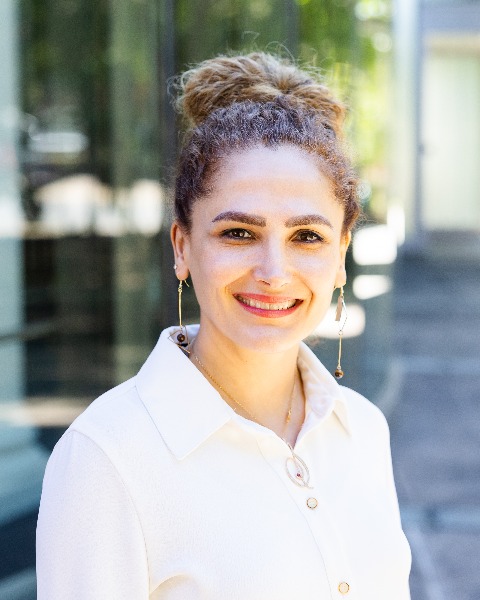Rapid Fire Abstracts
Improved DENSE-Guided Deep Networks To Predict Myocardial Strain From Routine Cine Magnetic Resonance Images by Accounting For Rotation (RF_FR_378)
- PL
Pengcheng Lei, BEng
Visting Graduate Researcher
University of Virginia - JX
Jiarui Xing, PhD
Postdoc
Yale University - YW
Yu Wang, PhD
Graduate Student
University of Virginia 
Sona Ghadimi, PhD
research scientist
University of Virginia
Frederick H. Epstein, PhD
Professor
University of Virginia
University of Virginia- MZ
Miaomiao Zhang, PhD
Assistant Professor
University of Virginia
Primary Author(s)
Co-Author(s)
Presenting Author(s)
Myocardial strain imaging can detect subclinical left ventricular (LV) dysfunction and adds prognostic value in the assessment of many types of heart disease. Recent studies [1,2] have utilized accurate strain-dedicated techniques, such as displacement encoding with stimulated echoes (DENSE), to train a deep learning (DL) framework to predict the myocardial displacements from routine cine balanced steady state free precession (bSSFP) images. However, these methods have shown poor performance in capturing the rotational motion of the myocardium. To address this gap, we introduce a novel DENSE-guided DL network that explicitly accounts for rotational motion, further improving strain and torsion analysis of standard cine CMR.
Methods:
We utilized 741 short-axis DENSE slices of the LV, acquired from 284 subjects, including 124 healthy volunteers and 160 patients with heart disease for training [1]. The model was tested on 105 contoured LV short-axis cine bSSFP images from 40 subjects, including 14 patients and 26 volunteers. We assume contours segmented from DENSE and bSSFP images reflect the same underlying cardiac motion [1,2]. All CMR images underwent temporal and spatial alignment and were cropped to the region of interest with the size of 48x48xT, where T is the number of frames. As shown in Fig.1, our network includes two key components: (i) a time-series rotation estimation network employing a 3D U-shape network to model the rotational dynamics of the LV myocardium over time, and (ii) a radial motion prediction network based on deformable image registration [4]. The output of these two networks were integrated and refined through a refinement network to predict the final myocardial displacements, supervised by DENSE ground truth (GT). We compared the proposed model with StrainNet [1], MotionNet [2] and UNetR [3]. We evaluated the model accuracy on segmental strain analyzed from routine bSSFP CMR with DENSE at matched locations.
Results:
Fig.2 shows segmental circumferential strain (Ecc) errors of all methods for bSSFP test slices with 6 segments, using DENSE Ecc as the GT. The result of the proposed method shows the smallest error. Figs.3A and B show example segmental circumferential strain-time curves, strain-time maps, circumferential strain Ecc maps and the estimated rotational movements of all methods. Experimental results show that our method improves the accuracy of myocardial segmental Ecc and rotational movements compared to DENSE.
Conclusion:
We present a DL framework, guided by DENSE GT, that incorporates myocardial rotation, an important element of myocardial mechanics (critical for computing torsion) and one that is not well captured by other strain analysis methods that can be applied to routine bSSFP images. Future work will focus on rigorously assessing the accuracy of torsion measurements and optimizing deep learning from DENSE data to achieve comprehensive and accurate motion/strain analysis of bSSFP images.

